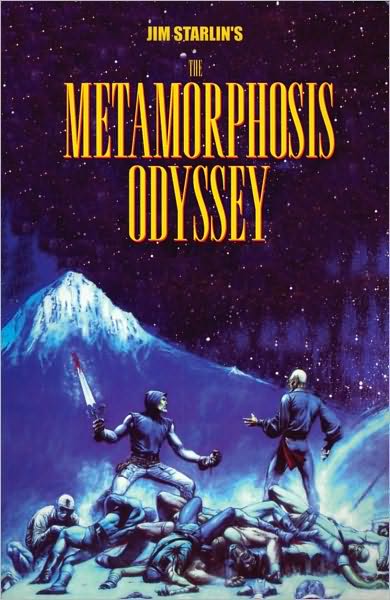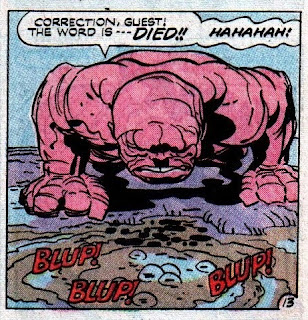Empire? A sinister Corporation that controls Earth
Rebels? Sort of, though the protagonists start out forced to work for the Corporation
The Force? There's an "Entity" and a cosmic battle between good and evil
Analogs? Donovan Flint, the primary protagonist, is a Han Solo type with a mustache prefiguring Lando's.
Notes: If Star Hunters is indeed Star Wars inspired, its a very early example. The series hit the stands in June of 1977--a bit over a month after Star Wars was released.
Micronauts (1979)
Empire? A usurpation of the monarchy of Homeworld.
Rebels? Actually previous rulers and loyalists; a mix of humans, humanoids, and robots.
The Force? The Enigma Force, in fact.
Analogs? Baron Karza is a black armored villain like Vader; Marionette is a can-do Princess; Biotron and Microtron are a humanoid robot and a squatter, less humanoid pairing like Threepio and Artoo.
Metamorphosis Odyssey (1980)
Empire? The Zygoteans, who have concurred most of the galaxy.
Rebels? A disparate band from various worlds out to end the Zygotean menace.
The Force? There's Starlin cosmicness.
Analogs? Aknaton is an old mystic who know's he's going to die a la Obi-Wan. He picks up Dreadstar on a backwater planet and gets him an energy sword.
Dreadstar (1982)
Empire? Two: the Monarchy and the Instrumentality.
Rebels? Yep. A band of humans and aliens out to defeat the Monarchy and the Instrumentality.
The Force? Magic and psychic abilities.
Analogs? Dreadstar still has than energy sword; Oedi is a farm boy (cat) like Luke; Syzygy is a mystic mentor like Kenobi; Lord High Papal is like Vader and Palpatine in one.
Notes: Dreadstar is a continuation of the story from Metamorphosis Odyssey.
Atari Force (1984)
Empire? Nope.
Rebels? Not especially.
The Force? Some characters have special powers.
Analogs? Tempest is a blond kid with a special power and a difficult relationship with his father sort of like Luke. There are a lot of aliens in the series, so there's a "cantina scene" vibe; Blackjak is a Han Solo-esque rogue. Dark Destroyer is likely Vader-inspired, appearance-wise.
Notes: This series sequel to the original series DC did for Atari, taking place about 25 years later. The first series is not Star Wars-y.























